In an ancient tomb recently uncovered beneath another historical tomb of a Silla general who ruled in the late 4th to early 5th century, the remains of what is presumed to be a man buried alive during the Silla Dynasty (57 B.C.-A.D. 935) have been found 1,600 years after his death.
A new tomb believed to belong to a high-ranking Silla general has been identified in the underground layer of Tomb No. 120 in Hwangnam-dong, Gyeongju — a site estimated to date to the late 5th century and which has been under excavation since 2018.
The Korea Heritage Service and Gyeongju city on Monday revealed findings from the excavation project restoring key Silla-era sites in the capital. They confirmed that six wooden chamber tombs had been constructed beneath Tomb No. 120 and released findings from one of them, designated “Hwangnam-dong Wooden Chamber Tomb No. 1" (translated).
In a cramped burial space smaller than 3.3 square meters (36 square feet), armor and helmets generally worn by humans and horses were laid down first, and the body seemed to be stuffed afterward into the remaining space, leaving the body of the man with his legs splayed open. What's left of the general, who the man was buried with, are only a few teeth, alongside a gold-bronze crown and a ring-pommel sword.
While Tomb No. 120 follows the stone mound and wooden chamber style typical of Silla, Wooden Tomb No. 1 features a low, oval-shaped mound measuring 10.6 meters (34.8 feet) by 7.6 meters. The layout separates the main chamber for the tomb owner from a side chamber for grave goods. Though stones were not piled thickly to raise the mound, a partial stone border encircling the tomb marks a transitional phase in Silla burial practices.
Teeth found in the main chamber indicate the occupant was a man in his early 30s. Burial traces suggest he was laid flat, and parts of a gold-bronze crown were discovered near his head. Several metalwork pieces feature triangle or convex patterns cut out using openwork techniques. The design is similar to a cap-style crown excavated from the Geumgwanchong tomb in Gyeongju and is believed to be the oldest known Silla gold-bronze crown discovered in the city.
“The crown pieces resemble gold-bronze ornaments attributed to the Goguryeo Kingdom found in Ji’an, Jilin Province, China, and they appear to be part of a type of cap-style Silla crown,” said Kim Jae-yeol, a metalwork expert at the Korea Heritage Agency. The Goguryeo Kingdom (37 B.C.-A.D. 668) was a neighboring kingdom to Silla that ruled parts of now-Chinese territory.
The remains of the person buried in the side chamber were also found with a gold earring near the head, suggesting the individual was a subordinate of considerable rank. The skeleton, presumed male and within the average height range at the time — between 160 and 165 centimeters (5 feet 3 inches and 5 feet 5 inches) — was badly corroded and entangled with soil and iron relics. Still, the body was visibly positioned with legs bent outward in an O-shape.
“The 'Samguk Sagi' (The Chronicles of the Three States) records that Silla banned the practice of sunjang in the year 502 during the reign of King Jijeung, but this is the first time we have clearly identified a case of such burial with a complete skeleton,” said Kim Heon-seok, a researcher at the Gyeongju National Research Institute of Cultural Heritage. Sunjang refers to the ritual of live burial of subordinates or family members when someone of importance died.
As for the unusual posture, Kim explained, “Grave goods such as pottery and armor were buried first, and the body appears to have been forced into the remaining space, which likely resulted in the splayed position.”
The side chamber also yielded a full set of armor and helmets for humans and horses. This is only the second time such armor for horses has been found in a Silla tomb, following the discovery in Tomb C10 in Gyeongju's Jjoksaem District.
“Unlike the iron armor in Tomb C10, the armor here is made from organic materials such as leather, indicating it was lightweight and reserved for someone of high rank. It is a valuable artifact that supports our understanding of Silla military culture and its use of heavily armed cavalry,” said Park Jun-hyeon, a researcher at the Pukyong National University Museum.
Since 2018, the team leading the restoration of key royal sites has been surveying the southernmost part of the Daereungwon tomb cluster around Tomb No. 120 and has discovered Tombs No. 120-1 and 120-2. Wooden Chamber Tomb No. 1 is located partially beneath the northern border stones of Tomb No. 120, suggesting it predates the larger mound by 50 to 100 years. This positioning sheds light on the developmental stages of Silla tomb architecture.
“Building a tomb directly over an earlier one suggests there may have been a shift in ruling elites or in burial practices during the period. Further research is needed to interpret the implications,” said Sim Hyeon-cheol, a history professor at Keimyung University and expert on Silla tombs. “Many earlier wooden chamber tombs may be buried beneath the large stone mound tombs in Gyeongju. We may need broader investigations.”
A total of 165 artifacts were unearthed during the latest excavation, including a lidded pedestal dish. Some items have already undergone preservation, and long-term recovery and restoration efforts are underway for others, such as the buried armor and helmet.
“The tomb site and artifacts will be open to the public and visitors to the APEC Economic Leaders' Meeting from Oct. 27 to Nov. 1,” said Huh Min, an administrator of the Korea Heritage Service. The excavation site is located at 390-1 Hwangnam-dong, Gyeongju, and the artifacts will be displayed separately at the Silla Wolseong Research Center of the Gyeongju National Research Institute of Cultural Heritage.
This article was originally written in Korean and translated by a bilingual reporter with the help of generative AI tools. It was then edited by a native English-speaking editor. All AI-assisted translations are reviewed and refined by our newsroom.








![A model image of a gold-bronze crown worn during the Silla Dynasty (57 B.C.-A.D. 935) [KOREA HERITAGE SERVICE]](https://imgnews.pstatic.net/image/640/2025/10/20/0000078523_009_20251020200917852.jpg?type=w860)
















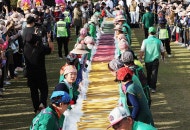
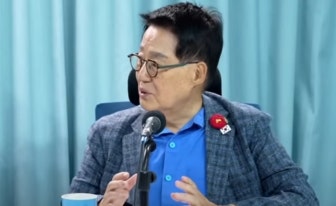

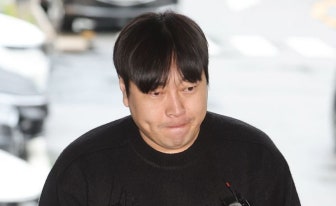
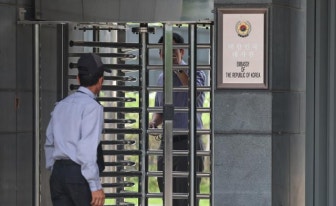
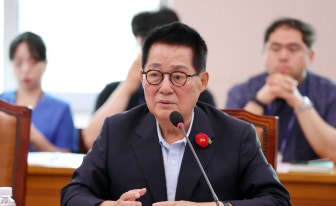

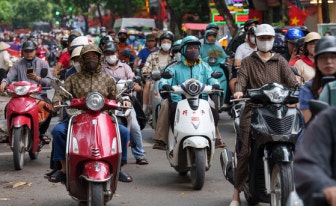
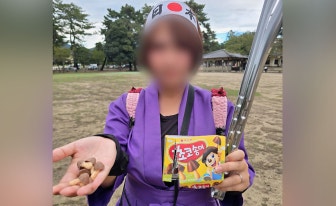
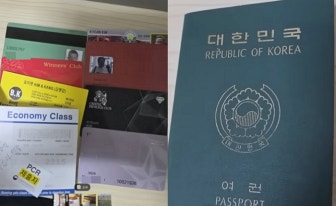


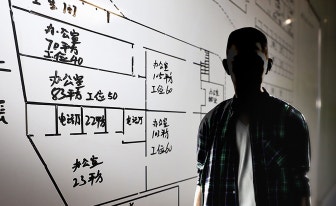
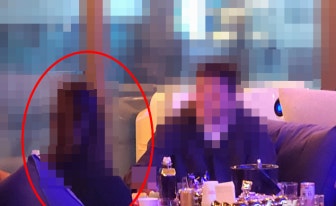
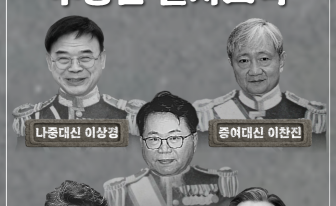
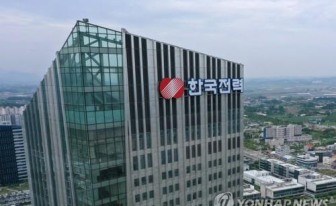
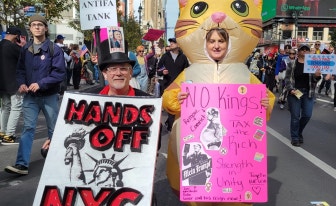
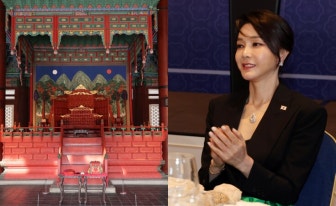
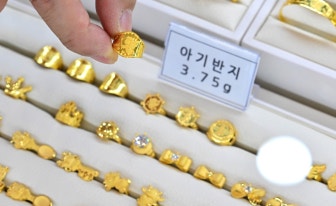
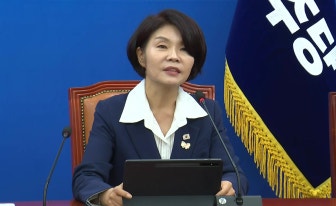
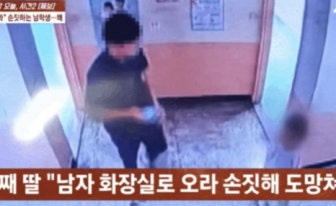


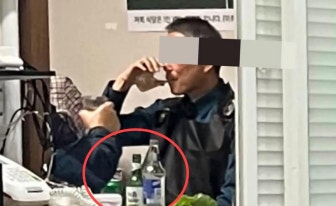
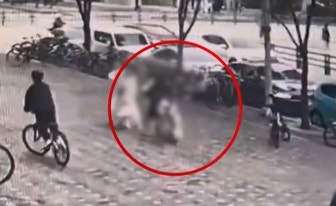
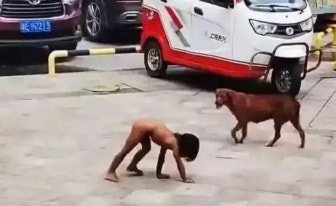


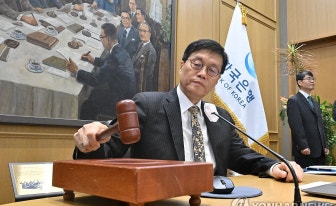
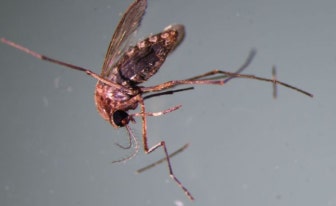
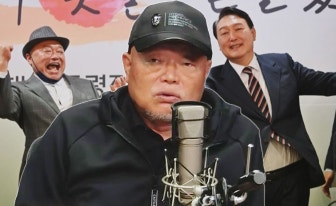


-_%EB%B3%B5%EC%82%AC%EB%B3%B8-%EB%B3%B5%EC%82%AC%EB%B3%B8.png?type=nf190_130)



.png?type=nf190_130)

